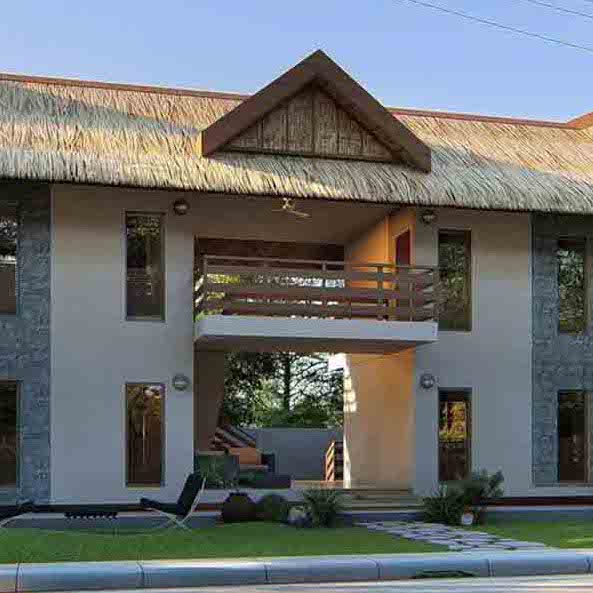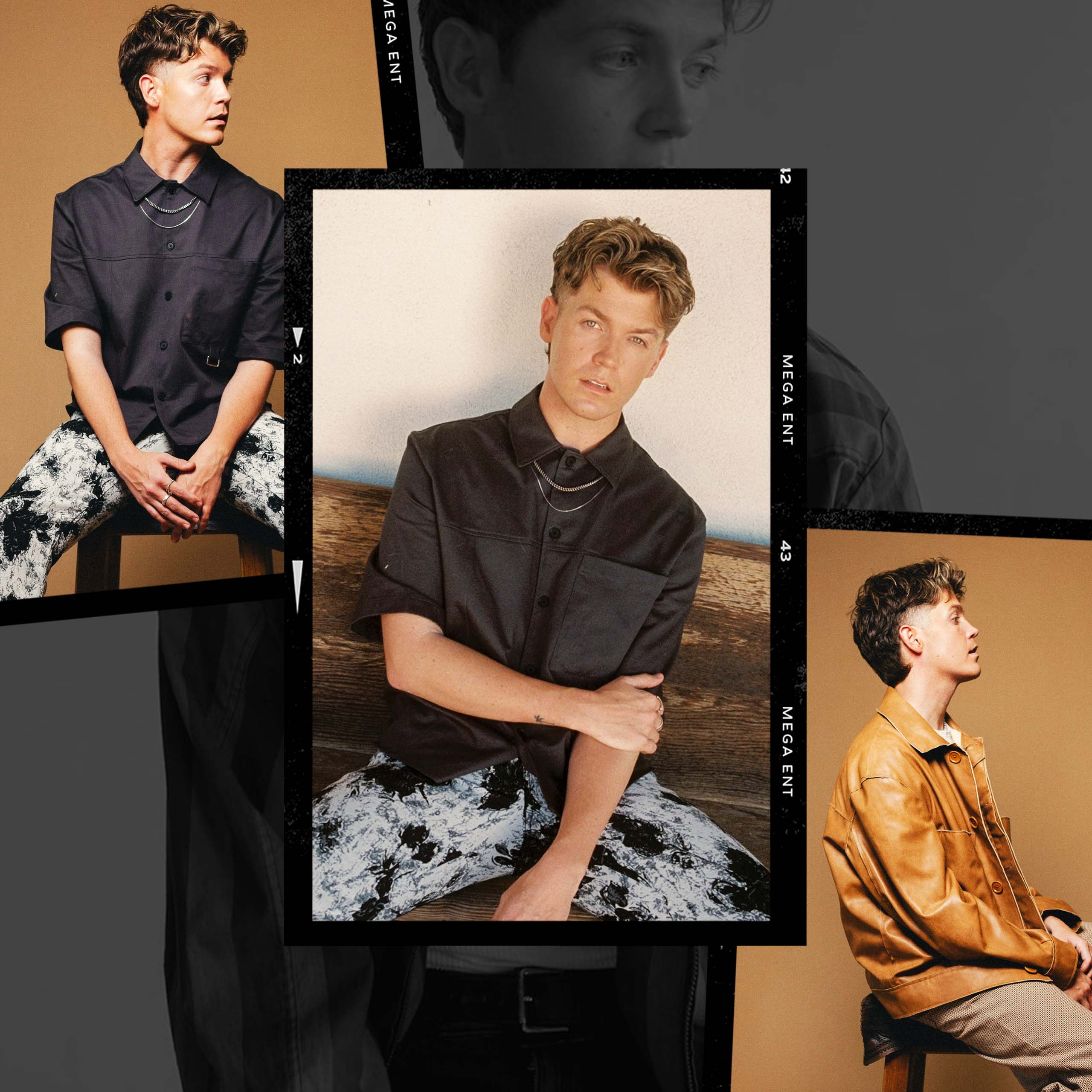The stunning architecture of Andi Eigenmann’s newly built house in Siargao is the result of true Filipino craftsmanship. Learn more about here.
Related: It’s A Baby Boom: These Celebrities Are Happy To Reveal Their Pregnancies
If you’ve been keeping tabs on Andi Eigenmann, then you would know that she has given up a life of glamour for a simple island life. She has never looked back since her initial move in 2017 and we couldn’t be happier for her. The former Agua Bendita actress has been living the life for the past four years. She now has three loving children, amazing beach pictures, and multiple business ventures.
Since her move to Siargao, we’ve seen Andi Eigenmann cooking in simple shacks and posing in front of beachfront bahay kubos. Recently, Duardex 3D Rendering Services posted a photo of Andi’s family in front of a cogon roofed being renovated in Siargao. He added the hashtags, “#AndiEigenmann #SiargaoRenderingProject #OutsourceLangSakalam #Duardex3DRenderingService.” Upon further research, we found out that Duardex 3D Rendering Services has also helped engineer multiple establishments and houses in Bohol, Siargao, and other neighboring islands.

We admire Andi Eigenmann’s choice on keeping a cogon made roof for her house. The traditional Filipino roof is a distinct characteristic of the Philippine’s symbolic bahay kubo. Cogon roofing is made through the art of thatching. The process of creating this type of roof involves drying out vegetation such as straw, water reed, sedge, rushes, heather, or palm branches, layering the vegetation so as to shed water away from the inner roof. In the Philippines, long lands of cogon grass can be found in provincial areas. Locals call this talahiban. These long grasses are what is usually made to create huts along the beach or in the farms. They’re eco-friendly and are sturdy enough to withstand natural calamities.










